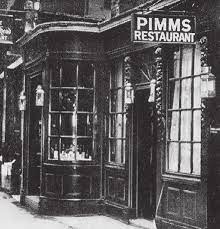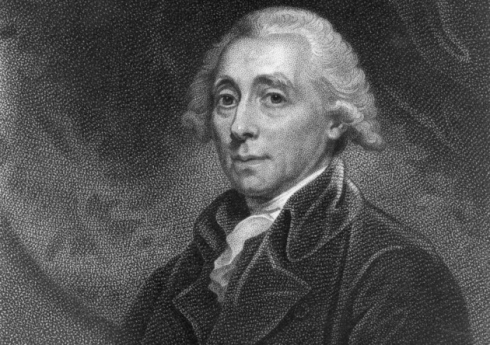As the final warmth of summer drifts away, for many, it means one of the drinks synonymous with the season returns to the cupboard. But you may wish to keep the bottle of Pimm’s out to toast its origins one final time before winter sets in.
The history of Britain’s favourite summer pitcher originates in a village on the outskirts of Faversham and from humble beginnings. Invented in England in the 19th century, Pimm’s No.1 comes in many varieties and styles and the brand has firmly established itself as one of Britain’s favourite drinks.
Based on gin, its dark red citrus and spice flavour, when blended with tonic or lemonade and a selection of summer fruits, has become a favourite of picnics and outdoor events.
Its founder was James Pimm. He was born in Newnham in 1792 as part of a farming family who worked on land around the village in the Syndale Valley.
As a young man Pimm attended university in Edinburgh before returning to Kent to marry Chatham-born Mary Southernden Mallery.
With his wife’s family working in the fishing industry around the county, James Pimm hatched a plan to take shellfish to London, selling them at Billingsgate market.
Before long he had opened a restaurant close to Buckingham Palace which sold fresh oysters for the capital’s hoi polloi to enjoy as a snack.
It has been said that it was on one of his journeys from Kent into London that Pimm came up with the idea to offer a drink as London citizens knocked back his oysters.
Gin was often the tipple of choice at the Pimm’s Oyster House, but because of its bitter taste, it was knocked back and not savoured.

In 1840, Pimm created a tonic containing a secret mixture of herbs, fruit and liqueurs as an aid to digestion, serving it in a small tankard known as a “No. 1 Cup” – the name which remains today.
Within 10 years, the Kent-born creator had five restaurants and the Pimm’s drink was being produced on a far larger scale before it was sold commercially. James Pimm went on to extend the range with the addition of new varieties, using the same secret recipe changing only the spirit base for new “cups” (varieties). Pimm’s No. 2 Cup (based on Scotch Whisky and currently phased out) and Pimm’s No. 3 Cup (based on brandy. Phased out, but a version infused with spices and orange peel marketed as Pimm’s Winter Cup is now seasonally available) were introduced in 1851.
In 1865, Pimm sold the business and the right to use his name to businessman Frederick Sawyer and retired in Kent.
In 1880, the business was acquired by future Lord Mayor of London Horatio Davies, and a chain of Pimm’s Oyster Houses was franchised in 1887.
After World War II, Pimm’s No. 4 Cup was invented (rum-based), followed by Pimm’s No. 5 Cup (based on rye whisky) and Pimm’s No. 6 Cup in the 1960s (vodka-based and still produced in small quantities).
The brand fell on hard times in the 1970s and 1980s. The Oyster House chain was sold and Pimm’s Cup products Nos. 2 to 5 were phased out due to reduced demand. Pimm’s has since become a brand known across the world, but the secret recipe created in Kent remains exactly that, a secret, with only a handful of the company’s owners, drinks giant Diageo, knowing how the drink is made.
Amazing to think the Pimm’s brand which is synonymous with Britishness was invented by a local lad just down the road from us and is still being enjoyed 175 years after its conception.




